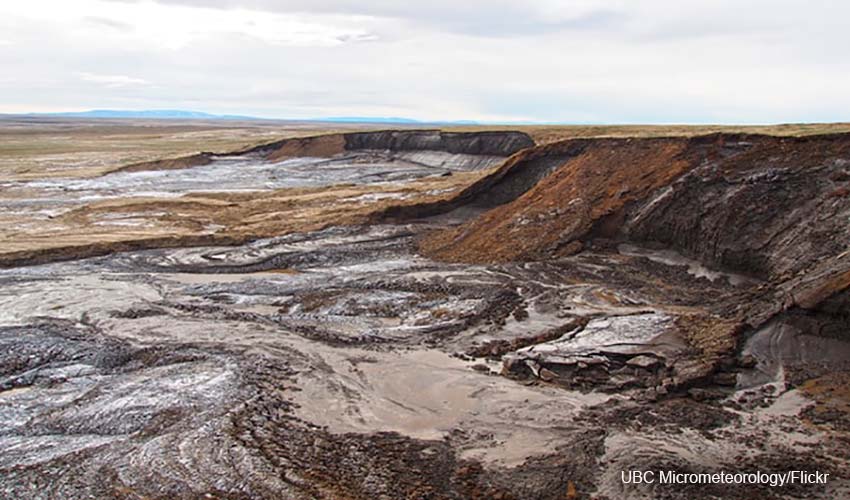FAQs about Permafrost

7. What are the bacteria related to permafrost?
Permafrost soils are extensive storage of organic carbon, which have been underground for hundreds of millions of years. Experts have estimated that there are about 1.7 billion tons of organic carbon under frozen deserts, almost double the total carbon in the atmosphere. As long as the soil remains frozen, the carbon is inert, but when the permafrost thaws, the organic matter is transformed into CO2.
This transformation process is due to the activity of bacteria and viruses that have been in hibernation in permafrost soils for millions of years. Once the thawing process has started, due to the increase in global warming, the microbial agents are activated and begin the decomposition of organic matter. The resulting CO2 during the process is released and rises to the atmosphere, being able to considerably increase the greenhouse effect and consequently the temperature on the planet.
FAQS about Permafrost
1. What is permafrost and where is it located?
2. Are there frozen soils without ice?
3. What is the function of permafrost?
4. What dangers does permafrost pose?
5. Is Siberian permafrost thawing faster?
6. Is Russia the most vulnerable country due to permafrost?
7. What are the bacteria related to permafrost?
8. Can bacteria hibernating for millions of years in permafrost be activated?
9. Is there permafrost in the southern hemisphere?
10. What is the difference between the tundra and the taiga?
Other secctions of Permafrost
Article
Magazine
You can also see it in…
Infographics

Photo Gallery.

Video Gallery

